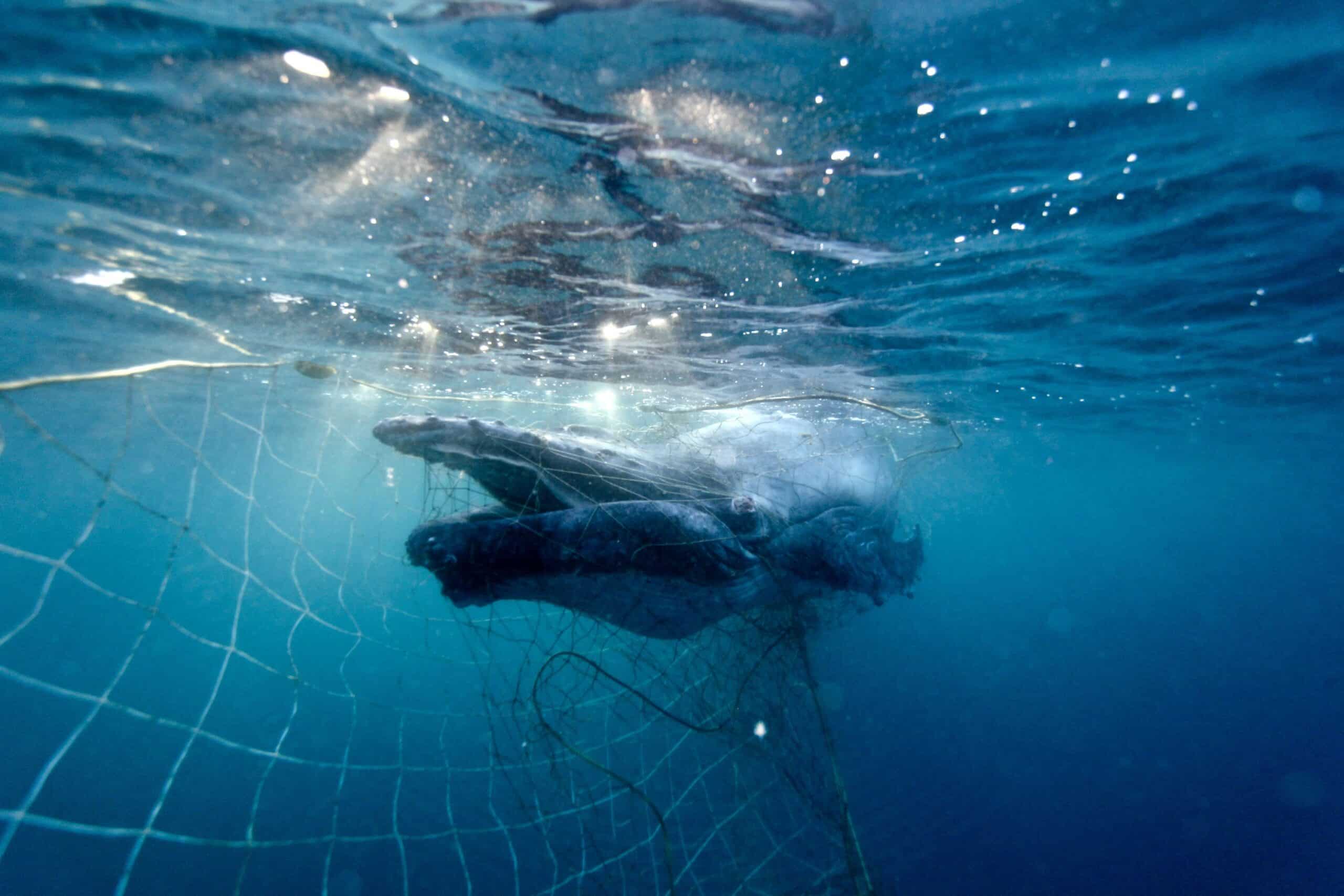Research shows that Australia’s great white sharks are highly related to each other and may consist of fewer than 500 breeding animals. SYDNEY, 24 June 2025: Latest research has found Australia’s great white shark population is much smaller than expected, increasing their vulnerability to further population threats. The population...
Last Friday we saw the first national Environment Ministers Meeting under an Albanese Government and yesterday was the first budget. So what does this all mean for nature?
The national Environment Ministers Meeting was the first in over 500 days. 500 days during which our extinction crisis has been ever worsening. So HSI was very pleased to see these important meetings resume, given the opportunity they present to coordinate stronger protections for nature across the country.
What did the ministers agree?
In their communique at the conclusion of the meeting, the ministers made a number of important commitments. Of particular relevance to the extinction crisis is that they agreed to:
- work collectively to achieve a national target to protect and conserve 30% of Australia’s landmass and 30% of Australia’s marine areas by 2030.
- work together to make nature positive investments easier, focusing on a consistent way to measure and track biodiversity.
- accelerate national efforts to prevent new extinctions of native plants and animals.
- develop a new national framework to recognise Other Effective area-based Conservation Measures (OECMs) to complement growth in protected areas and to identify incentives to increase private land conservation.
- better manage invasive species.
- explore opportunities for strengthening marine protection.
- engage on the development of strong new national environmental standards, led by the Australian Government, as a key early action to underpin environment law reforms.
- work together and with local governments on regional planning to achieve biodiversity outcomes and improve certainty for proponents seeking environmental approvals.
- work together to improve the quality, accessibility and interoperability of environmental data to aid decision-making.
HSI has welcomed these commitments, particularly the recognition that Australia needs stronger and more effective environmental regulation and national environmental standards to better protect nature. And at the heart of new national environments standards must be full protection of both critical habitat for our native species, and our threatened ecological communities, no exceptions.
What does it all mean?
The Environment Ministers Meeting builds on the recent release of the Federal Government’s Threatened Species Action Plan which included a commitment to zero new extinctions – a pivotal moment for nature. Australia has notoriously been a leader in species extinctions, and we thank the Minister for wanting to draw a line in the sand. We are pleased to see that Minister Plibersek’s fellow environment ministers have said they will accelerate their work to prevent extinctions and look forward to them also committing to no new extinctions.
The federal Threatened Species Action Plan included increased ambition for an additional 10 threatened species and 14 places, above the existing 100 species and 6 places the previous Government had agreed to prioritise. In our view, the new priority places are strategic choices – including Australia’s top hotspots for species diversity such as WA Wheatbelt Woodlands, QLD Brigalow Country, Victoria’s volcanic plain and the Tasmanian Midlands.
All of these commitments are important signals that the Government wants to move in the right direction, but its implementation that will make a difference for nature. Aiming for protecting 30% of our landmass is important, but it must be meaningful protection in high conservation value areas. Research currently in preparation has shown that while protected areas in Australia might be increasing in size, the biodiversity value of those areas has flatlined. Similarly, regional planning can be a powerful tool to protect biodiversity providing it puts nature and the community first and has conservation at its heart. However, we are sceptical of regional planning that is more about avoiding environmental scrutiny over developments. We also support private investment in nature conservation but it is important that this not in lieu of proper and reliable government funding. Government funding historically and currently is wholly inadequate. And of course, we are yet to see how strongly the Government will protect nature in the final national environmental standards, which set high enough, have the potential to fundamentally improve how we manage our impact on nature.
Does the budget support these commitments?
For these commitments to deliver environmental outcomes, substantial new funding allocations will be needed. We know that $1.69 billion per year is required to tackle Australia’s extinction crisis. And while last night’s budget has certainly improved Government investment in nature, we still have a long way to go. Our colleagues at ACF have pored over the budget papers and identified the following key funding commitments for nature:
- $7.8m to respond to the Samuel Review of the EPBC Act, including work towards the establishment of national environment protection agency.
- an additional $204m for Great Barrier Reef recovery, including ‘blue carbon’ projects to support ecosystem restoration.
- $670m over six years to protect Australia’s iconic species and landscapes, help conserve World Heritage listed properties and wetlands and expand funding for Indigenous Protected Areas.
- $90m for Landcare rangers.
- $91.1 million for clean-up and restoration of urban river and water areas, local species protection.
- Significant funding to support the transition to a renewable economy. Unfortunately, the budget also retained substantial subsidies for fossil fuel industries which will continue to drive greenhouse gas emissions and climate change.
The commitments that we have seen from all levels of government in recent weeks are an important start. But the difference on what we are spending to protect and restore our environment and what we know is needed, remains stark. The upcoming reforms to the EPBC Act will be the Albanese Government’s opportunity to demonstrate they are serious about their commitment to no new extinctions. Next year’s budget will tell us whether they intend to properly fund that commitment.


